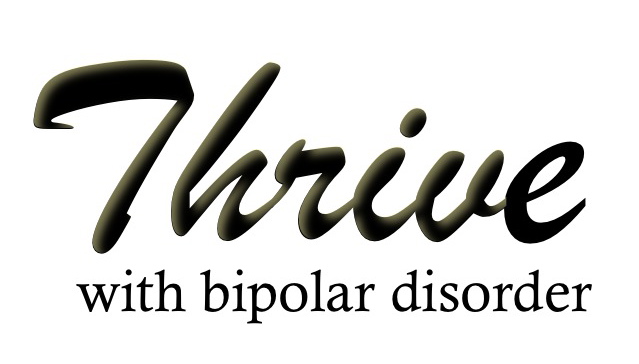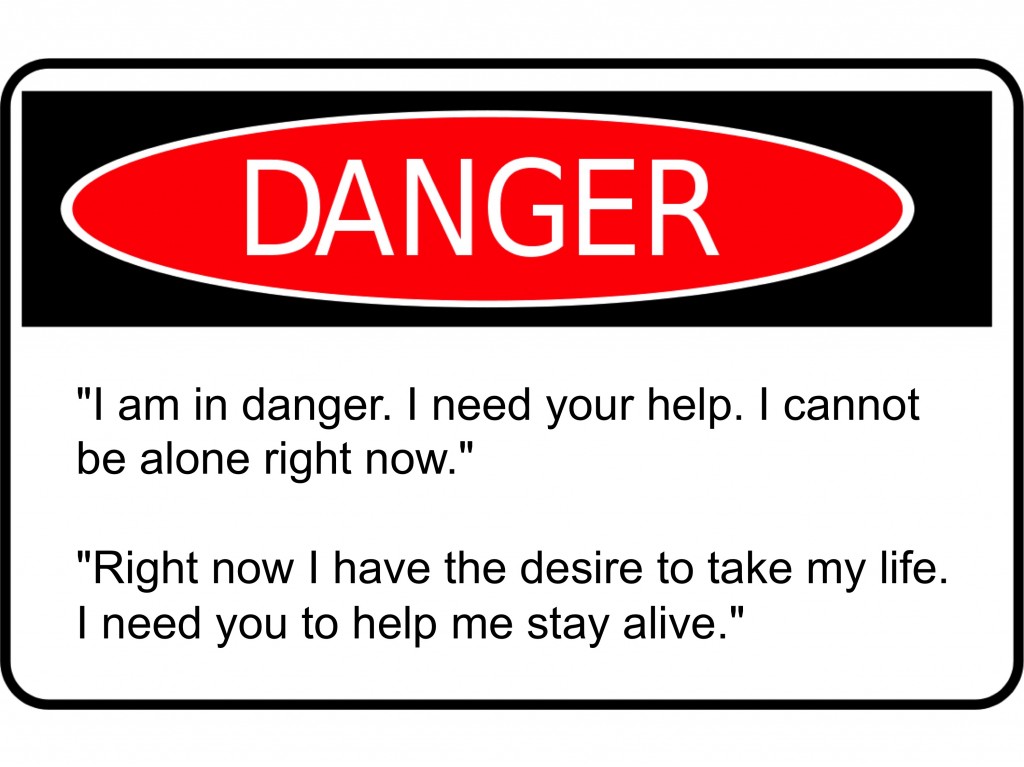Six years ago, when I was in graduate school, I studied something called “The Kindling Effect Theory”.
NONE OF THIS IS FACT.
These are simply ideas that scientists have been exploring to try to make sense of how bipolar disorder may work if left untreated.
In the brain you have cells called neurons.
These cells are how the brain communicates and causes action to occur.
Action can be a thought, a feeling, a behavior and any form of human functioning.
One activated neuron alone, “firing” (which means sending a message) cannot create significant change in the brain.
Action takes place in the brain when large numbers of neurons are activated and firing the same message together.
There is a theory that says, “What fires together, wires together.”
This “wiring together” doesn’t necessarily take place the first time neurons all “fire” together.
For example, when you are learning a new routine that you want to make a habit, it takes a significant amount of time and effort to pay attention before you are able to do the routine without even thinking about.
That process of paying attention and/or practice and time is how your brain wires itself together so that you don’t have to think and eventually don’t even need a trigger…you simply just DO the routine without even thinking and sometimes accidentally.
Have you ever started driving to a place you don’t normally go but it is on your way to someplace you go ALL of the time, and you completely pass the new place and don’t even realize it until you end up at the place you always go.
That is because the brain has it wired in, it doesn’t need you to pay attention in order to do the habit. In order to do new things, you have to be paying attention.
Another saying that fits this theory is, “What you focus on grows.”
Where you put your attention, the brain wires itself together.
How this may work for mania and depression
Initially, when mania and depression come into people’s lives, they require a trigger to ignite the neurons in the brain to take action.
For example, these neurons are saying to each other, “Okay guys, when there is excitement and a sense of urgency about something that Robin truly wants to take action on, that is our cue to turn on the ignition of mania.”
However, in their meeting to discuss this they bump up against a challenge and say to each other,
“How do we do this?
We haven’t done this many times before.
Let’s make a plan…what will we do first?
Hmmm…
Let’s give her an abundance of energy and let’s make her obsess on her goal!
Great idea! Then let’s make it so she can’t stop and can’t sleep!
Yeah!!!”
Because my brain does not have a routine or habit for mania and depression. It takes my brain a while to figure out how to do it. This is as far as my brain is able to get in the mania before I have intervene.
My brain is not wired for mania and depression, but it IS wired for intervention.
Between Lithium and my own effort of practicing intervention of mania on myself for 15 years, my brain is wired for intervention.
Intervention is a habit in my brain. It still takes effort, but no where near as much effort as it did years ago.
What might happen in a brain that goes untreated without intervention?
THIS IS NOT FACT. THIS IS BASED ON THE KINDLING THEORY.
“What fires together, wires together.”
Initially, mania and depression will need a trigger to set the brain into action causing it to do the thinking, feeling, behaviors and bodily functions of mania or depression.
As more episodes occur without intervention, the mania and depression pathways that are created in the brain by the neurons wiring together become HARD-WIRED. As a result, a trigger is no longer needed in order for the brain to ignite mania and depression. This could cause rapid cycling.
Here is a way to understand it…
Imagine the Grand Canyon.
Do you know how it became that incredible canyon?
It started just a trickle of water. (The slow melting of glaciers)
A trickle of water eventually became a stream. The stream carved a pathway into the earth that it now flows. Streams from several sources come together to form a river. The river carves itself deeply in to the mountain. When there are heavy rains or significant melting of glaciers, the river flooded and washed away land, carving itself deeper and wider into the land and moves with greater ease.
When mania and depression function as a stream…
Catching and treating mania and depression early means that you have caught it when it is like a stream in the brain. The mania has a trigger, like a stream that has one specific source, it easier to intervene. Medication may work more effectively and therapeutic interventions may have more success.
Like a stream is not deeply carved into the earth, when mania and depression function like a stream, they are not hard-wired in the pathways of the brain.
When mania and depression function as a river…
…There are many sources feeding into the river. There may not be an identifiable trigger for an episode.
When mania and depression act as a river, it is a sign that they are more hard-wired in the brain. This means that the brain has a defined and an efficient pathway that it uses for mania and depression.
By the neurons functioning as a river in the brain, it may cause both mania and depression to occur at the same time. This is known as rapid cycling.
How do you intervene when mania is flowing like a river?
Intervening the river may mean building a dam by using medication AND learning how to PAY ATTENTION AND RECOGNIZE when the mania and depression rivers are flowing and persistently.
You can say to yourself…
“I am having an episode right now. What I am feeling and thinking and wanting to do may not be a reflection of who I am and my current reality. I must do what is best for me by not responding to these feelings and thoughts. Instead, I will wait this out until the storm passes and I can see clearly and make choices that are in my best interest.”
It is VERY HARD to go against what your feelings and thoughts are telling you. BUT if you do it persistently, you could possibly develop an new river for your brain (neurons) to flow in (by firing and wiring together).
How long does it take to go from a mania and depression stream to a river?
No one knows.
Each person is different.
There is no way to know how many episodes it takes for the brain to HARD-WIRE mania and depression. However, if you experience mania and depression without triggers it may be hard-wired in your brain.
The sad news
Unfortunately, if someone never seeks treatment or waits so long that the pathways in their brain for mania and depression are like the Grand Canyon…meaning that the brain pathways have been flooded so much by mania and depression that it has eroded the brain….medication and intervention may not work.
This is painful for me to write. I always want to give you hope. But the reality is that there are many people out there who may not be able to be helped.
Therefore, if treatment is working for you, even if just a little…DON’T STOP.
Bipolar disorder can get worse by having episodes.
Do whatever you can to prevent episodes before they happen.
When you are triggered, intervene, seek out help from your psychiatrist and therapist and let them know that it is URGENT. Tell your psychiatrist, “I MUST INTERVENE NOW.





